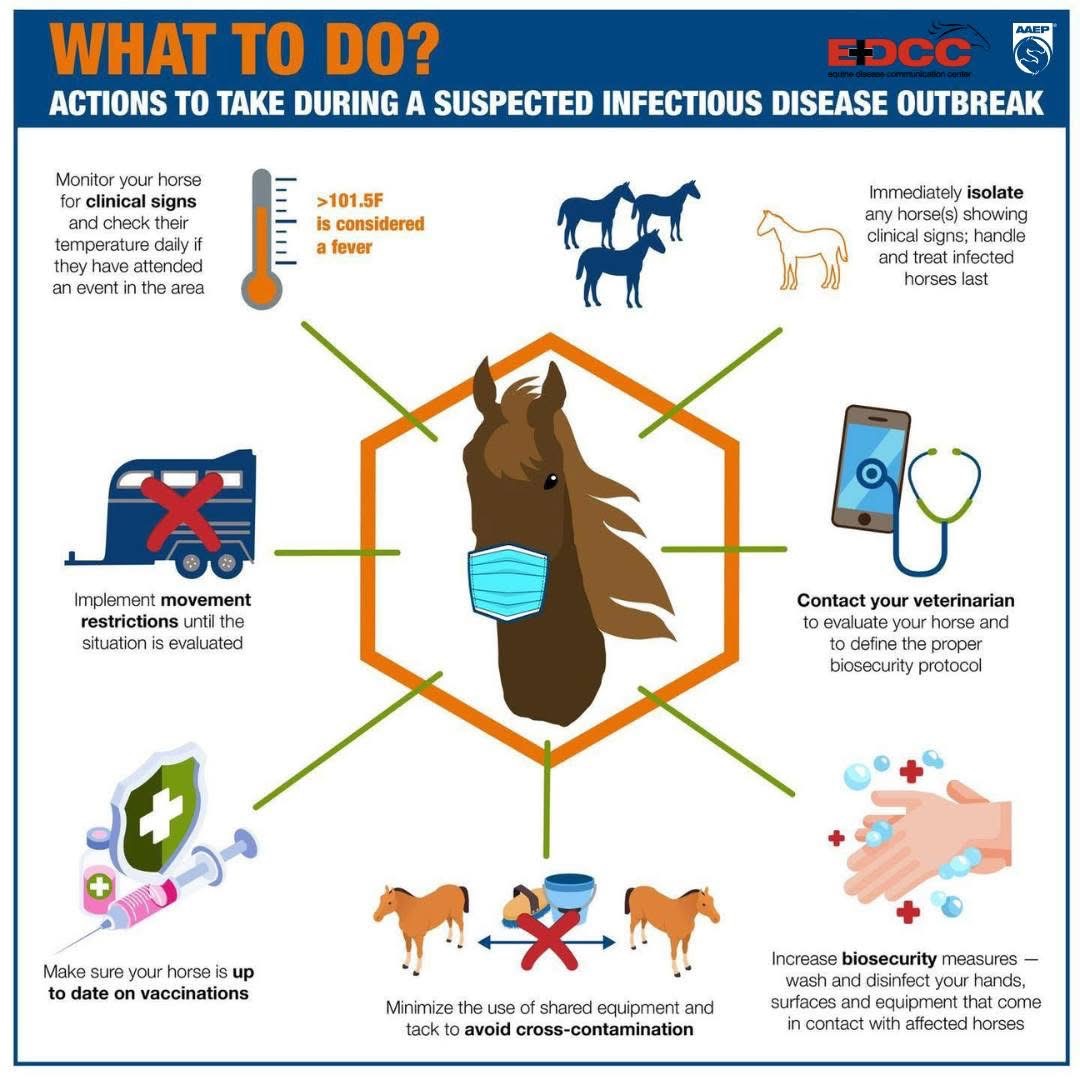Welcoming a cat into your life means accepting a mix of cuddles, chaos, and commitment. But when your beloved feline is diagnosed with diabetes, that commitment takes on a new meaning. While a diagnosis can feel overwhelming at first, many pet owners find themselves on a journey that is not just manageable, but deeply rewarding.
As a veterinary assistant, I’ve seen many clients go through the challenges of managing feline diabetes. But my understanding of what it really means deepened a few years ago when I welcomed sweet Duke the orange tabby into my life. Duke came to me after his previous owner sadly passed away. He had recently been diagnosed with diabetes, and while I knew the road ahead would take work, I couldn’t resist his sweet nature.
Duke is truly a remarkable cat. He tolerates his insulin injections like a champ, he doesn’t even notice them as long as I give them while he’s eating! That small trick has made his daily care a calm and easy part of our routine. But Duke’s journey hasn’t been without drama. Last year, he had a near-death experience due to a diabetic complication. He lost his vision completely. We didn’t know if he’d recover, but against the odds and with the help of our wonderful veterinarians, he bounced back. His vision returned, and so did his spark. He really is a little miracle.
Feline diabetes, most often Type II, affects the body’s ability to produce or respond to insulin. Common signs include increased thirst and urination, unexplained weight loss, increased appetite, and lethargy. With early diagnosis and proper treatment, diabetic cats can go on to live full, happy lives.
For many cats, treatment begins with twice-daily insulin injections. That’s what Duke is on, specifically Lantus (glargine insulin) and it’s worked really well for him. In fact, many cats respond beautifully to insulin and adjust to the routine quickly, especially when injections are given at mealtime.
That said, injections aren’t the only option anymore. There’s now an oral, once-daily medication called Senvelgo designed specifically for diabetic cats. It’s a great alternative for cats who don’t tolerate injections well, or for owners who are uneasy around needles. Senvelgo is a little more expensive than insulin therapy, but for the right cat, it can make managing diabetes easier and less stressful. Your veterinarian can help determine if it’s a good fit based on your cat’s overall health and lab results.
Nutrition plays a major role in managing feline diabetes. Most diabetic cats benefit from a prescription diabetic diet that is low in carbohydrates, high in quality protein, and specially formulated to promote stable blood glucose levels. These diets can make a significant difference in helping maintain consistent insulin needs and preventing glucose spikes. There are both wet and dry formulations available, and it may take some trial and error to find what your cat likes. Duke, like many cats, has his picky moments but finding the right diet has been crucial in keeping him stable.
Managing diabetes used to mean regular blood pricks, which many cats (and humans) didn’t appreciate. Fortunately, monitoring has become easier. One of the most helpful innovations is the use of continuous glucose monitors, such as the FreeStyle Libre system. These small, temporary sensors are applied to the cat’s skin and provide real-time glucose readings. They can be scanned with a smartphone or reader and are especially helpful when adjusting insulin doses, during illness, or in the early stages of treatment. While not typically used long-term, they’re a fantastic tool for getting a clear picture of how your cat is doing without the daily stress of needle sticks.
Living with a diabetic cat can be a learning curve, but it’s also incredibly rewarding. The routines become second nature, and the bond you build along the way is something truly special. Watching Duke recover from blindness, hearing his purrs at mealtime, and seeing him thrive after everything he’s been through reminds me every single day just how resilient and amazing these animals are.
If you’re navigating a new diagnosis or have been managing feline diabetes for a while, know that you’re not alone. You don’t have to figure it all out by yourself. At Tanglefoot Veterinary Services, we’re here to support you and your cat every step of the way, whether that means help with monitoring, exploring treatment options, or finding the right diabetic diet to keep your cat happy and healthy.
Kate Wainwright
Veterinary Assistant / crazy cat lady

